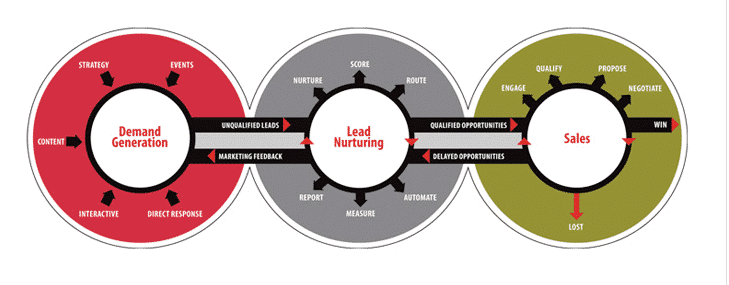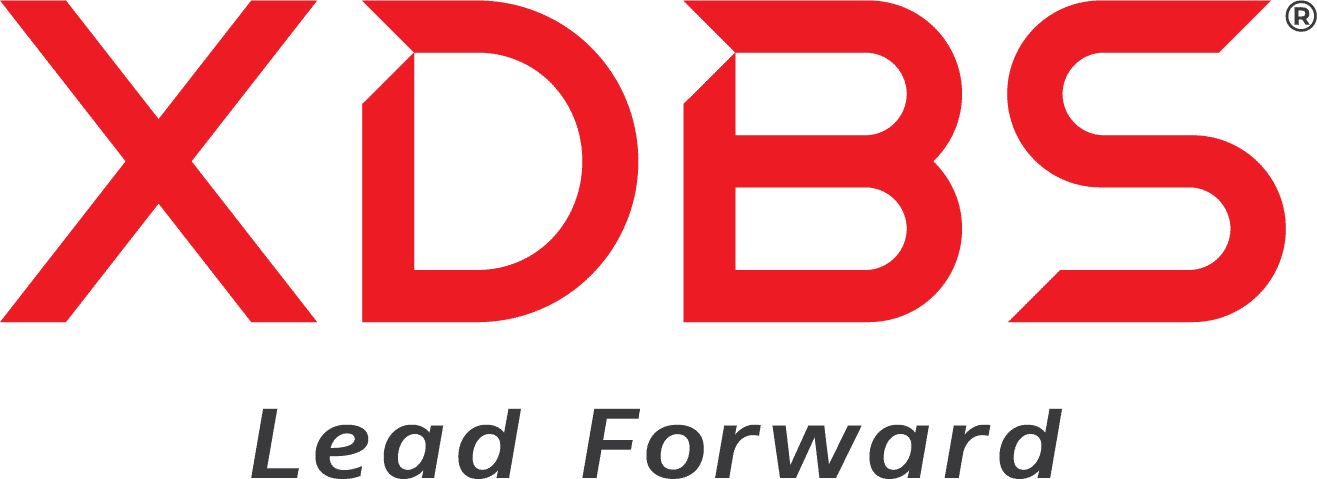Demand generation helps you identify potential prospects based on their initial behavior and guides them through a nurturing process so that the sales team gets highly qualified leads. Spanning multiple touchpoints, demand generation comprises campaigns, content to be produced at each stage of the buyer funnel, and other such pieces that create awareness.
Providing the right information to the right people at the right time to fit your ideal customer’s needs is demand generation.


4 Demand Generation Strategies
Let’s discuss 4 demand generation strategies you can start using right now.
1) Use the Lookalike Audiences On Facebook
The custom audiences that closely resemble the users that have already expressed interest in your services or content based on demographic and behavioral affinity are called lookalike audiences. Creating and uploading custom audiences using data you’ve already gathered from your actual users is allowed by Facebook, and it also helps create audiences that share similar characteristics.
One of the main advantages of leveraging the vast wealth of data that Facebook has on its users is that the companies can double their Facebook advertising campaigns’ potential reach. The larger the custom audience the company uploads, the more extensively they can cast their nets using lookalikes. Considering the time people spend on Facebook, this targeting aspect is one of the most robust demand generation strategies.
2) Webinars are Good to Partner with Industry Superstars
Webinars are an effective way to connect with prospects across all stages of the buying journey. Their production is relatively easy and doesn’t have much of an overhead cost. Webinars have proven to be extremely successful for the top-of-the-funnel engagement and the rest of the marketing funnel from mid to bottom and closed — effectively. In the times of the pandemic, webinars have stood out as an effective digital approach.
More businesses need to warm up to webinars and incorporate them as part of their demand generation strategy. They should be looking to partner with the superstars of their industry on webinars. It increases the company’s reach in the industry, cultivate valuable connections with significant influencers, and encourage brand awareness – all vital elements of a current demand generation strategy.
Collaborating with industry rock stars isn’t as easy as asking them to join its next webinar. Founding relationships require time and effort, and it’s not that easy to approach the speakers you want. But when the company plans and starts producing webinars, they should attempt to feature well-known and knowledgeable guests. It will help them offer the best advice, tips, and strategies during the webinars.
3) Use Managed Placements in Display Campaigns
Many advertisers tend to overlook the power of managed placements in their display network campaigns. With the help of managed placements, advertisers can control who views their display ads. It works more effectively as they can specify where their ads appear; they can also limit their reach to accounts that are more likely to respond positively to them. Instead of adopting a scattershot approach of regular display ads, think of them as a more targeted display method.
Display campaigns are widely used to promote brand awareness, and the display turns out to be a highly significant part of a broader demand generation campaign. It helps to promote the brand and increase the mindshare, both critical aspects of display campaigns. With managed placements, the companies benefit with additional control over who sees their ads, making this ad type extra effective.
4) Consider Implementing a Lead Scoring System
Demand generation is about raising the quality of those leads instead of just growing the brand’s number of leads. Lead scoring is one of the finest techniques to determine if the leads are of quality, which would eventually help the sales team close more deals.
The prospects’ historical behavior is evaluated through lead scoring and their actions while interacting with the brand to regulate whether the individual prospects demonstrate sufficient interest to be considered a “hot” lead for the company’s sales team. It is mastered by observing the actions taken at several touchpoints with the brand, including their views on a specific page. This suggests their purchase intent- and their interest in demonstrating the company’s product or if they’ve used some free tools or the stage at which the prospect happens to be in the funnel. Lead scoring can gauge how valuable the lead is by measuring the individual’s role in an organization, what part they play in decision-making, seniority in the company, and responsibility.
Final Thoughts
Marketing has changed- and every marketer today knows that the purchase of advertising in the press or the purchasing a potential list of clients is insufficient to run a business effectively. In today’s day and age, one has to reach clients through different sales channels such as search engines, social media, websites, events, and many others. With the help of creating a well-thought-out lead generation strategy that allows qualified leads to be solicited, the significant development of conducted business activities becomes possible. The uniqueness of demand generation is in the diversity and multichannel nature of the possibilities created by strategy. Demand generation is an essential step towards optimizing your marketing funnel and increasing your lead generation efforts. It is your go-to-market strategy that represents your assumption for what the market wants. From there on, demand generation represents your first experiment to support or refute your hypothesis. Once you form inference on your first assumption, you make another one and continue to test.

